Search results for 'red'
-
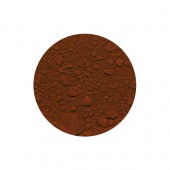
Red Ochre Pigment
Starting at: £4.00
-
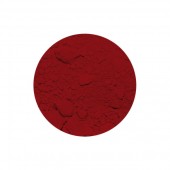
Cadmium Red Deep Pigment
Starting at: £15.00
-
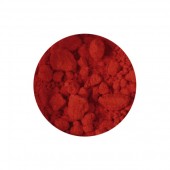
Cadmium Red Pigment
Starting at: £8.40
-
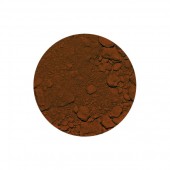
Mars Red Pigment
Starting at: £4.50
-
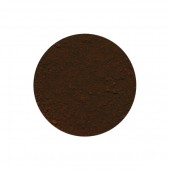
Indian Red Pigment
Starting at: £4.60
-
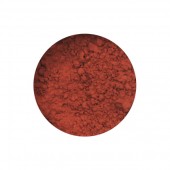
Venetian Red Pigment
Starting at: £4.60
-
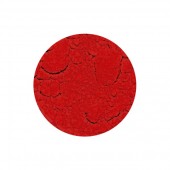
Cadmium Vermilion Pigment
Starting at: £7.50
-
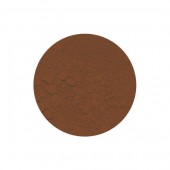
Cadmium Brown Pigment
Starting at: £10.00
-
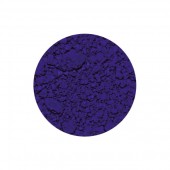
Ultramarine Blue Limewash Pigment
Starting at: £6.30
-
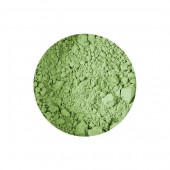
Terre Verte Pigment
Starting at: £4.00
-
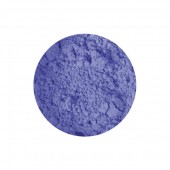
Cerulean Blue Pigment
Starting at: £14.50
-
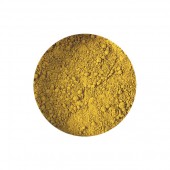
Raw Sienna Pigment
Starting at: £4.00
-
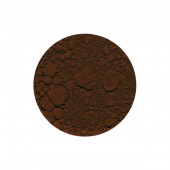
Mars Violet Pigment
Starting at: £4.50



